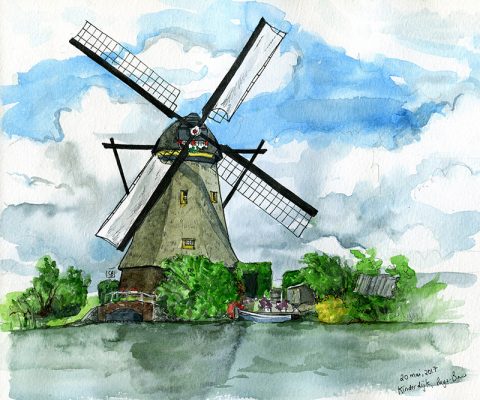Women’s History series
March was Women’s History Month and I decided to do a series of portraits highlighting some of my favourite women in the arts and literature.

Mrs. Doyle, the long-suffering housekeeper on the classic TV series Father Ted ,has a few of the funniest scenes I’ve ever seen. Just thinking about them makes me laugh. Like when she falls off the windowsill…good Lord it’s hilarious.

Beatrix Potter is undoubtedly the most famous female illustrator of all time. Just like L.M. Montgomery above, her books have never been out of print. Peter Rabbit is an enduring character, and her illustrations continue to bring joy to kids (and adults like me) around the world a hundred years later. One day I hope to visit her estate in the Lake District.

L.M. Montgomery is one of my favourite writers and our Canadian pride and joy. Anne of Green Gables is a modern classic; it’s never been out of print since its publication in 1908. I’m working my way through her archive of over twenty novels and hundreds of short stories. Her work has also provided me with the source material for two of my absolute favourite tv series of all time: Road to Avonlea and Anne of Green Gables (the 1980s series, not the recent crap, thank you very much).

Emily Dickinson- the 19th century poet whose mournful poetry some people find depressing, but I like the melancholy of it.

Julia Margaret Cameron – one of my favourite artists, she took up photography in her sixties…in the 1860s! I started seeing her photography pop up on the web in the late 1990s, but didn’t know they belonged to her. I drew a lot of her photos in those days because I was drawn to the pre-Raphaelite Victorian tragedy of them (lots of Madonna/child poses). She is credited as being one the first “artistic” photographers.



















